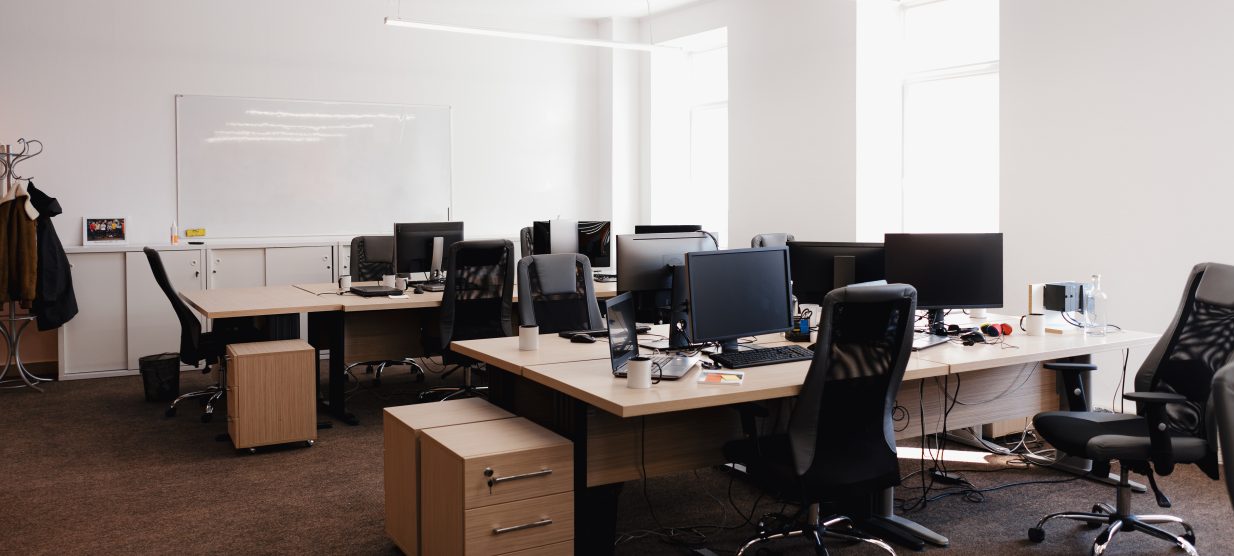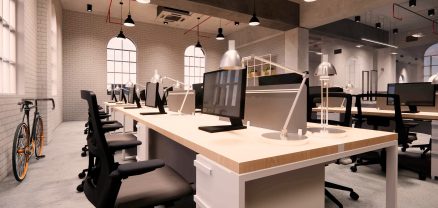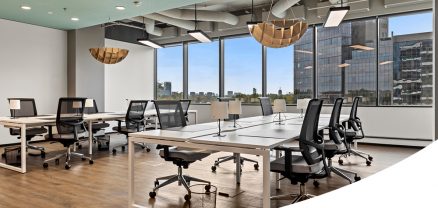8 Unconventional Ways to Make Offices More Comfortable
The modern office is evolving, and the traditional view of desks, chairs, and fluorescent lighting is giving way to more innovative approaches. Companies are starting to understand that employee comfort isn’t just about ergonomics or proper air conditioning. Instead, it’s about creating spaces that nurture well-being, boost creativity, and make the workplace a more enjoyable environment. Here are some unexpected ways offices can be transformed into comfortable, inspiring spaces.
Bringing Nature Indoors with Biophilic Design
Nature has a profound impact on our mood and productivity, but most offices lack natural elements. A biophilic design approach can change that by integrating greenery, water features, and natural materials into the office environment. Think lush indoor plants, walls clad in moss, or even tiny indoor gardens. These features not only refresh the working atmosphere but also create a connection to nature, reducing stress and enhancing focus. Sunlight, smartly utilized through open layouts and large windows, can further amplify this effect, offering both physical and psychological comfort.
Adding Nap Pods for Convenient Power Breaks
The idea of napping at work might seem unconventional, but short power naps have been proven to boost productivity and alertness. Introducing nap pods, cozy recliners, or even darkened resting rooms gives employees a chance to recharge during the day. These spaces don’t need to dominate the office; a small, well-designed area equipped with comfortable reclining chairs and dim lighting is all it takes to create a revitalizing zone.
Creating Sensory-Friendly Spaces
Not all employees thrive in high-energy, brightly lit environments. For some, constant stimulation can be overwhelming. Offices can address this by setting aside sensory-friendly spaces. These areas can feature adjustable lighting, noise-dampening furniture, and neutral color schemes. Employees who are neurodivergent or simply need an escape from overly stimulating environments can benefit greatly from such intentional design.
Comfort with a Personal Touch
Offices don’t have to feel sterile or impersonal. Allowing employees to personalize their desks and surrounding areas can make them feel more at home. Beyond typical desk trinkets, employers can encourage customization through shared mood boards, wall art that changes seasonally, or even fun, themed office sections. A space tailored to personal preferences creates warmth and familiarity, making employees feel more at ease.
Integrating Unique Playful Elements
A touch of playfulness can go a long way in easing workplace tension. Consider integrating less conventional recreational elements, such as swings, hammocks, or even indoor slides in breakout areas. These features add an element of fun while subtly encouraging physical movement, which is crucial for staying energized and preventing fatigue during long work hours.
Creative Spaces for Expression
Fostering creativity is an excellent way to make employees feel engaged and relaxed. Creative spaces, whether they’re equipped with art supplies, musical instruments, or whiteboards for brainstorming, encourage people to explore and express ideas freely. These spaces can be casual and vibrant or calm and focused, depending on the overall tone of the office.
Fluid, Dynamic Workstations
Rather than rigid desk assignments, offering employees the freedom to work where they feel most productive can drastically improve comfort. Modular, movable furniture that adapts to different tasks and preferences allows workers to choose their ideal setup for the day. Whether someone prefers standing desks, cozy couches, or communal tables, having options leads to better satisfaction and adaptability.
A Shift Toward Comfort and Community
Creating a comfortable office isn’t just about furniture or amenities; it’s about fostering an atmosphere where employees feel valued and supported. Introducing these unconventional approaches can transform a workplace into a welcoming space that encourages productivity, creativity, and well-being. By putting thought and intention into how offices function and feel, businesses can create a dynamic environment where employees genuinely enjoy spending their time.

Do not hesitate to contact us
Get in touch, if you have any question


